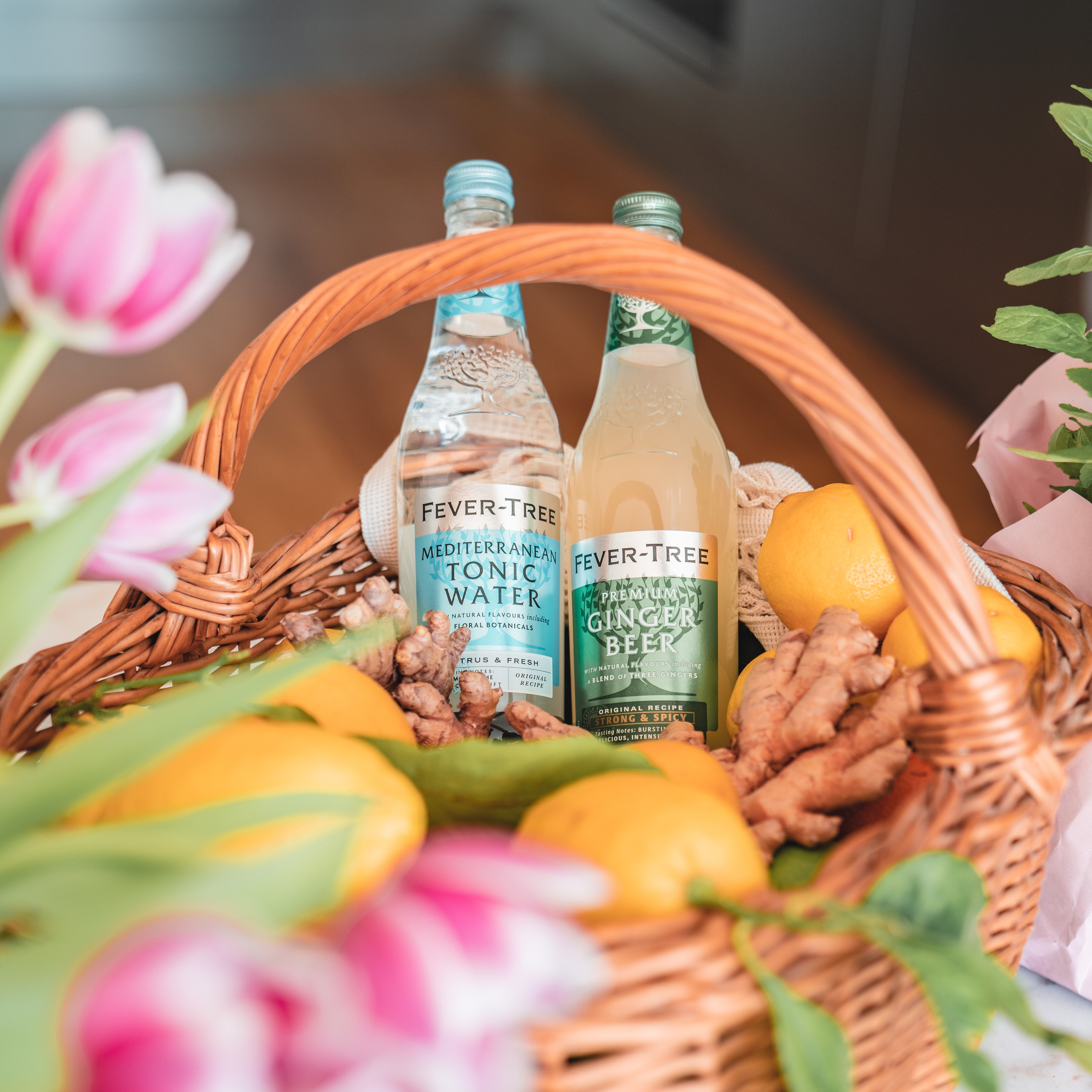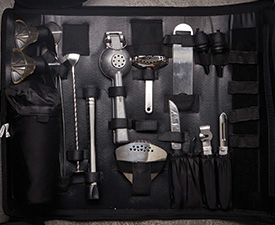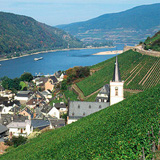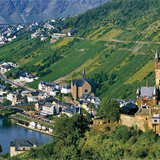The Rhine River, whose name comes from the Celtic word 'renos', meaning raging flow, begins at the Glaciers in the Swiss Alps and flows north-west approximately 1,320 km to the North Sea coast in the Netherlands.
The Rhine Valley, where the Rhine carves its way through steep hills topped with countless castles, is one of the most famous and most visited parts of Germany. Most of Germany's vineyards owe their existence to the Rhine River. Made up of many diverse, small and unique areas - all of these German regions produce different styles of wine, but in general, Rhine wine is fuller and richer then Mosel wines. The primary grape is the Riesling, but there are other varieties of grapes like Weissburgunder (Pinot Blanc) and some Chardonnay.
The German wine regions are some of the most northerly in the world. The main wine-producing climate lies below the 50th parallel. Above this line the climate becomes less conducive to wine production, but there are still some vineyards above this line. Because of the northerly climate, there has been a search for suitable grape varieties (particularly frost resistant and early ripening), and many crosses have been developed over the years in the Geisenheim Grape Breeding Institute. Recently there has been an increase in plantings of Riesling as local and international interest has been demanding high quality wines.
Most wines are produced around rivers, mainly the Rhine and its tributaries, often sheltered by mountains. The rivers have significant microclimate effects to moderate the temperature. The soil is slate in the steep valleys, to absorb the sun's heat and retain overnight. The great sites are often extremely steep so they catch the most sunlight, but are difficult to harvest mechanically. The preferred slopes are also facing the south or south-west to angle towards the sun. The vineyards are extremely small compared to new world sites. This makes the lists of wines produced long and complicated, and many good wines limited in production.











